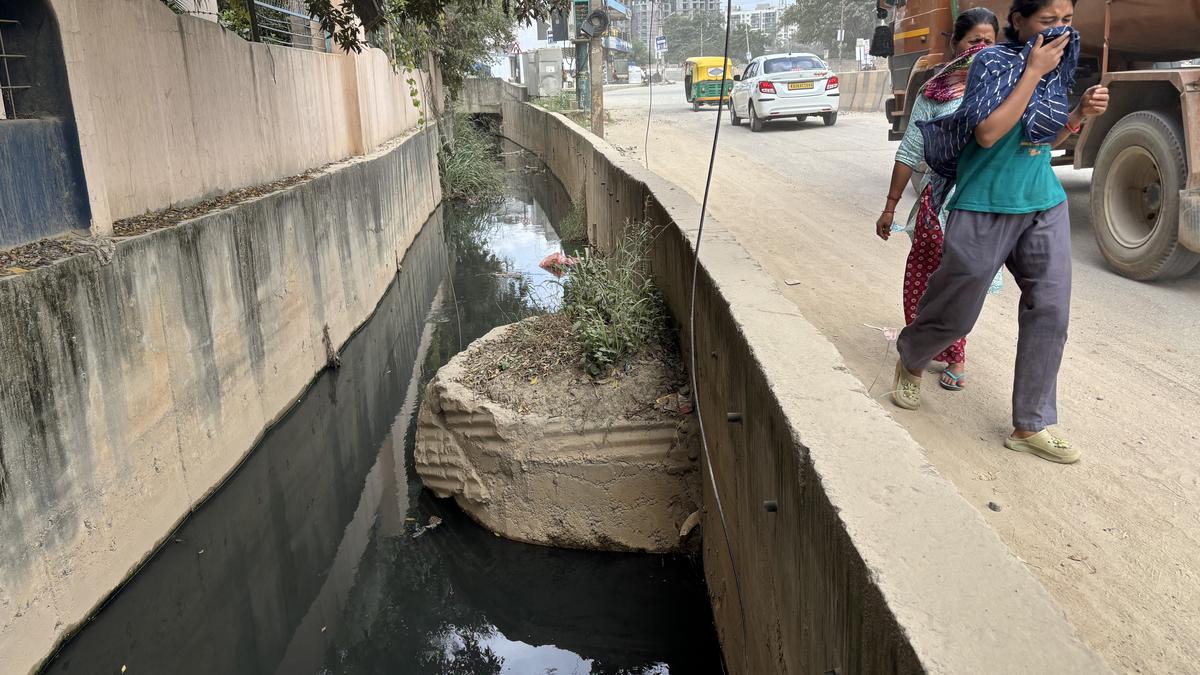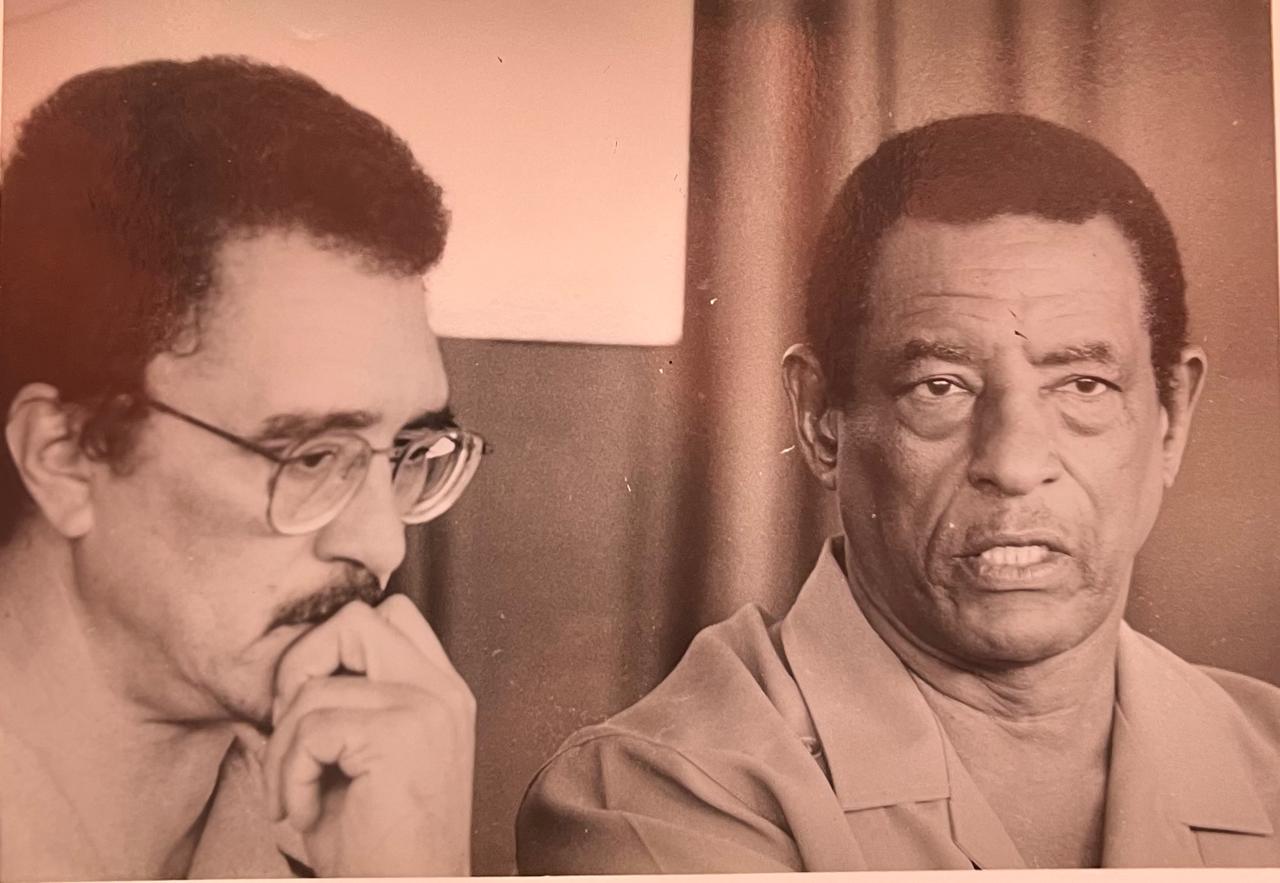By Rishita Khanna
Copyright thehindu

Flooding in Balagere and Panathur is not just the outcome of heavy rains. Residents claim it is the direct result of a rajakaluve (storm water drain) designed and executed so poorly that it has turned into a trap rather than an outlet.
Constructed between 2020 and 2021, the rajakaluve in this stretch has no continuity; it has several missing links and a faulty gradient. Instead of carrying rainwater in one direction, the drain pushes water from both sides with no exit. Each spell of rain leaves the canal overflowing, forcing stormwater mixed with sewage back onto the streets and into homes.
There is also a large hole, which residents believe is a manhole built inside the rajakaluve. Civic authorities, however, did not confirm the same.
A problem manhole
During the rains, this suspected manhole swallows huge volumes of rainwater along with plastic bottles and garbage that has been dumped. Residents and civic activists point out that the manhole then directs the flow into a BWSSB sewage treatment plant (STP), which is built to process only sewage.
“In normal conditions, stormwater should bypass the STP and flow into a lake. But during heavy rains, lakhs of litres of water are dumped into the STP, overwhelming its fixed capacity. When the plant cannot cope, untreated sewage and stormwater are flushed out into nearby canals, defeating the purpose of treatment,” Shwetha Rangaswamy, member of Individual Taxpayer’s Forum (ITPF), a citizen forum, said.
Moreover, drains in the area have been filled with mud and turned into temporary pathways while roadside culverts that should have connected to the main drain were left incomplete. Vegetation and silt have not been cleared for years, despite crores sanctioned for annual maintenance. Even today, water stagnates in blocked stretches because the drain has no clear end point, she added.
Petitions filed, complaints lodged
Ms. Rangaswamy told The Hindu that she had filed a complaint with the Upalokayukta in January 2025, questioning how (the then) BBMP engineers could start work without even completing a land survey or obtaining Assistant Director of Land Records (ADLR) report.
Ravish K, a resident and a practising advocate, had also filed a writ petition in the High Court pointing to long-standing encroachments on the rajakaluve. He cited a 2011 High Court order directing their removal and a 2023 ADLR report that identified illegal structures. Instead of clearing these encroachments, BBMP engineers pressed ahead with random stretches of drain work and even allowed attempts to form roads across the canal, a step that could trigger dangerous flooding, Mr. Ravish argued.
“If the gradient was designed correctly, water could never flow in both directions. Why was it done this way unless there was a compromise?” Sudeep, another resident asked.
This is not the first time the issue has been raised. Last year, residents started a campaign, mailing complaints to the Chief Minister’s office.
Chief Minister Siddaramaiah, Deputy Chief Minister D.K. Shivakumar and other civic authorities’ officials had also inspected the area multiple times. Recently, an incident where a school bus carrying 20 children nearly toppled was also reported in the same area. Speaking to The Hindu, residents also recounted incidents during downpours of two-wheelers being dragged towards open drains surrounded by sewage from septic tanks.
Return tax, can build city by ourselves: Residents to govt.
Through ITPF, residents are demanding a refund of the property tax collected from them, arguing that they would rather fund and manage their own civic works. “Crores are collected from this stretch alone, but the money literally goes down the drain. If the government cannot safeguard our lives or use our taxes properly, then refund our tax and we will build our city ourselves,” Ms. Rangaswamy lamented.



